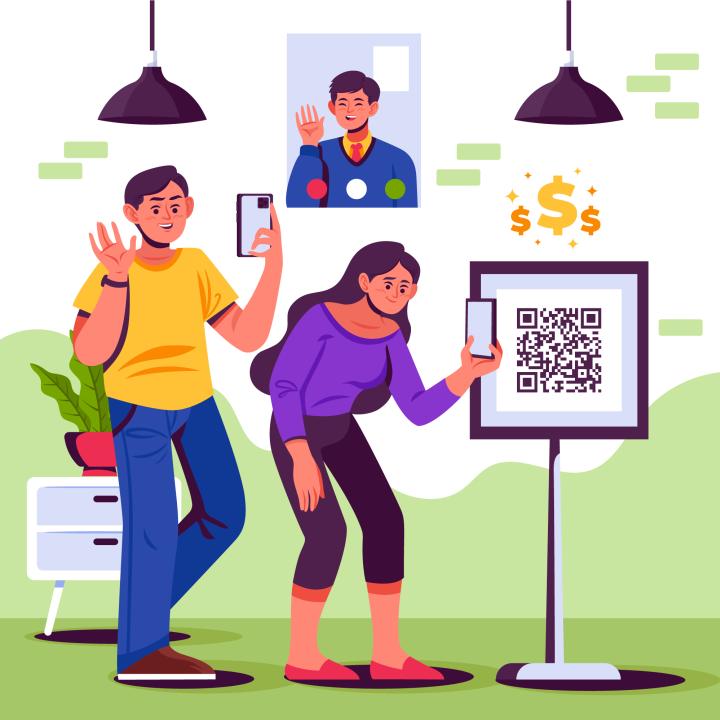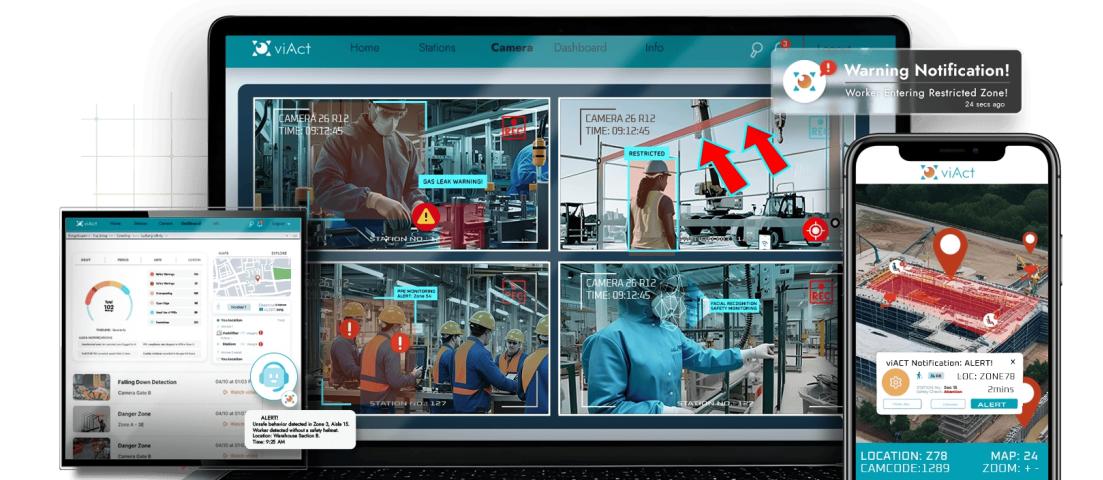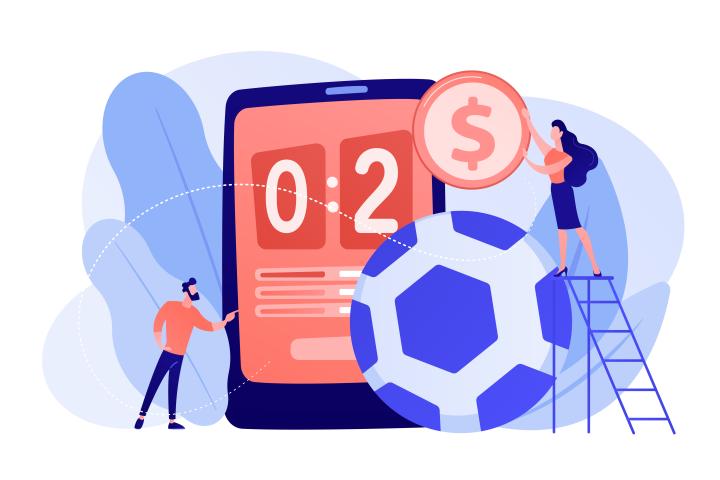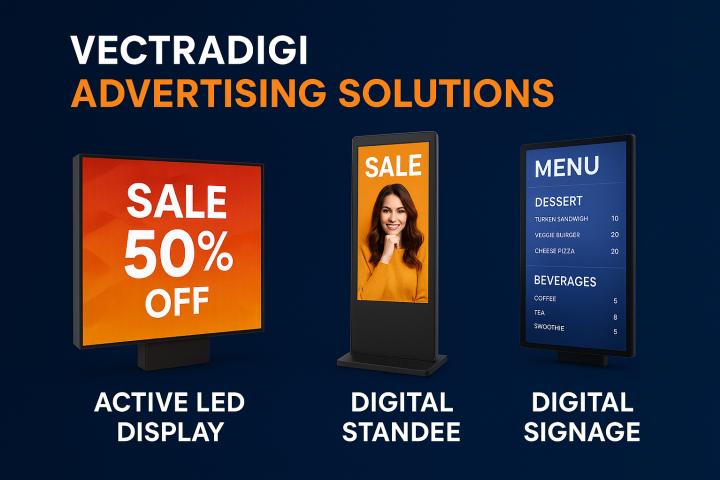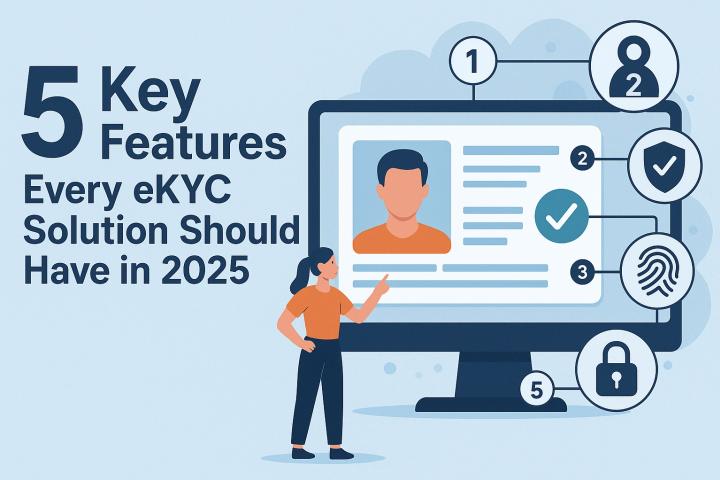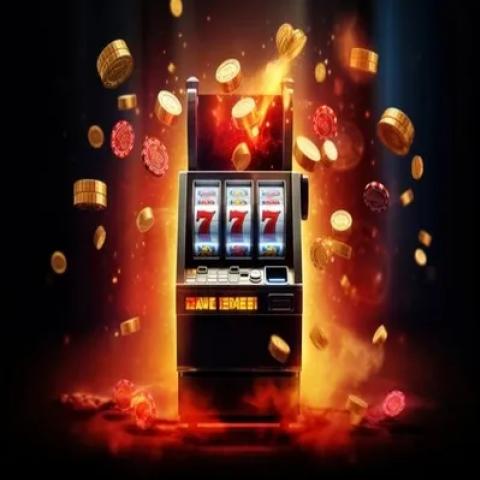Nowadays, corporations are embracing creative payment methods to meet their customer's shifting tastes in this digital technology era. One example is NFC (Near Field Communication) and QR code, among the two most revolutionary innovations in the payments space. Both have specific advantages and applications.
This blog takes a closer look at the NFC and QR code payment systems, comparing their features, advantages, and disadvantages so that you can make an informed choice about which Mobile money payment solutions could be the best for your business.
What is NFC?
NFC, or Near-Field Communication, is a contactless communication technology that enables wireless data transmission between two electronic devices within a few centimeters. In contactless payment systems, customers only need to tap their smartphone or card equipped with NFC on a reader terminal to complete a transaction.
What are QR Code Payments?
QR code payments involve scanning a quick response code displayed by the merchant using a smartphone camera. This code contains information necessary for processing such transactions, such as details about the merchant or the amount of money being paid by the customer. Then, through a mobile banking app or e-wallet payment system, the user should confirm this payment.
The Advantages of NFC and QR Code Payments
Here are the advantages of NFC and QR Code payment methods that you should consider:
a. NFC Payments
Advantages:
Quick and Convenient: Customers can quickly complete transactions with just one touch by using their device to tap against the reading device.
Security: Encryption techniques integrated into NFC enable secure transaction processing whereby every new purchase has its unique number, reducing fraud risks in online purchases.
User Experience: Especially in retail shops and public transport where there are many people, a quick “tap-and-go” >
Compatibility: Support from key phone makers and integration into various mobile payment platforms like Apple Pay, Google Wallet, and Samsung Pay give preference to it among other types of digital wallets available today, making it possible for users with such phones to enjoy services of NFC payments.
b. QR Code Payments
Advantages:
Inexpensive: QR code payments are relatively low-cost to set up. Merchants only need to generate QR codes that can be printed or displayed digitally.
Simplicity: Any customer with a phone and camera can scan the QR codes, making it easy for them to use this system.
Widespread Use: In regions where smartphones are popular but devices with NFC are not very common, QR code has a significantly higher mass adoption rate than other digital wallets.
Versatility: QR codes are used in various applications, including online commerce, paper receipts, and electronic displays.
Use Cases and Industry Applications
Retail
Both NFC and QR code payment systems can be used in retail outlets. The high number of customers in such areas requires retailers to use fast, secure NFC payments. On the other hand, small stores and pop-up shops may opt for QR codes that do not require expensive extra equipment.
Hospitality
Restaurants, cafes, and bars in the hospitality industry can also utilize both options. This technology makes it easy for customers to make payments through their phones, especially in busy places. Table ordering and bill splitting can be done by scanning QR codes, which reduces human contact between a waiter or waitress and a customer.
Transportation
NFC is usually preferred in public transport due to its simplicity and speed. Commuters could use mobile phones or smart cards with embedded chips as farecards, as they tap them against a scanner to pay fares while boarding buses operated by transit companies.
In some countries like Japan, where mobile penetration is very high but there is no widespread use of NFC infrastructure yet, QR code-based transactions are growing in popularity.
E-Commerce
QR codes provide an excellent solution for facilitating online shopping on e-commerce sites. To finish buying something on their laptops without manually entering the payment details using a mouse or keyboard, customers need to scan a QR code displayed on a computer screen with their smartphones.
However, near-field communication can come into play when ensuring that goods bought in retail stores remain untouchable unless picked up from specific locations or delivered safely at home without contact during the COVID-19 crisis.
Security Considerations
NFC Security
Due to encryption and tokenization techniques, there are very few chances that somebody will steal your money if you use near-field communication (NFC) to buy goods or pay for services online. Moreover, an NFC-enabled device may need biometric identification (fingerprint or face recognition) to confirm payment.
QR Code Security
Payment using a QR code can be very secure, but there are ways to cheat it. For example, hackers may create a copy of a company’s QR code and receive money in their own account instead of the official one. Businesses like yours should only use trusted platforms to generate and display QR codes; otherwise, customers will become victims of these scams.
Choosing the Best Payment Method for Your Business
When selecting whether to go with NFC or a QR code-based payment system, there are several factors you should consider:
Cost:
Small businesses and startups would prefer to use QR code payments because they are cost-effective. Hence, even though NFC technology is expensive initially, it could be helpful for larger businesses that process many transactions at a time.Customer Base:
Therefore, companies offering near-field communication devices as part of customer service tend to attract big spenders who love hi-tech gadgets. If your target customer is comprised mainly of smartphone users without an NFC chip, then QR codes might make more sense.
Transaction Speed:
Depending on business transaction speed requirements, choosing between NFC or quick response payments would be appropriate. On the other hand, companies located in places with low traffic intensity can opt for slightly slower methods like scanning barcodes.Security:
Although both methods offer secured transactions, they lack the dynamic information and encryption data provided by NFC. So, when considering which way to go in terms of security, NCF stands out above all else.
Conclusion
NFC and QR code payment systems have respective strengths that are shaping the future of digital transactions. You need to take into account individual requirements and customer preferences before selecting an e-wallet solution for your operations.
For busy places, NFC is recommended because it is fast, convenient, and secure. In contrast, Quick Response Code (QR) payments are low-cost, flexible, and user-friendly and can be employed in various commercial settings.
Finally, you may consider having both options as an alternative so that customers can choose either method they prefer. You could use these new methods to improve your customers’ experiences, simplify transactions with them, and stay ahead of competitors in business competition.
